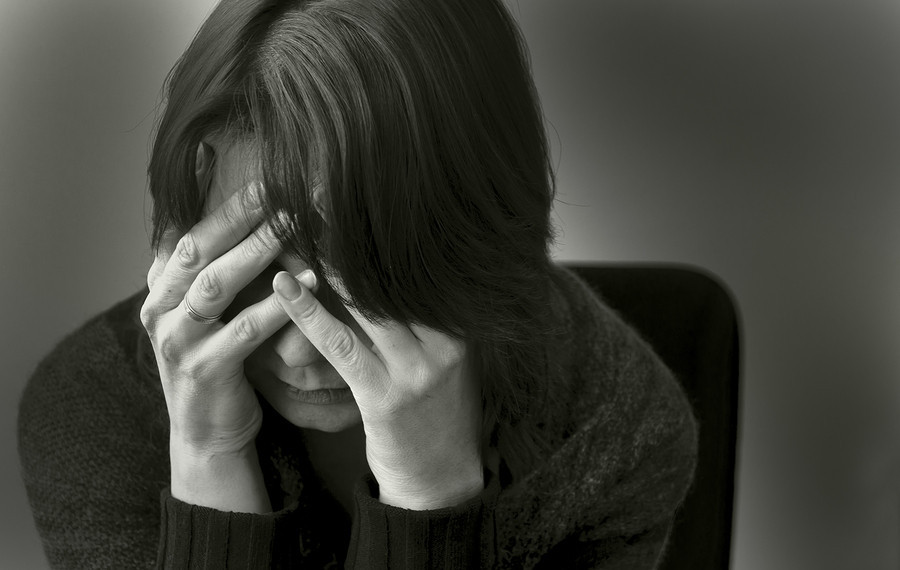Seasonal Affective Disorder: Symptoms, Causes, Treatment
What are the symptoms of seasonal affective disorder?
Seasonal affective disorder (SAD) is a type of depression that occurs at a specific time of year, usually during the fall and winter months when there is less natural sunlight. The symptoms of SAD are similar to those of major depressive disorder but occur seasonally and typically improve with the arrival of spring or summer. Common symptoms of SAD include:
- Depressed mood: Feeling sad, hopeless, or irritable most of the day, nearly every day.
- Loss of interest or pleasure in activities: Losing interest in activities you once enjoyed and withdrawing from social activities.
- Changes in appetite: Eating more or less than usual, leading to weight gain or weight loss.
- Changes in sleep patterns: Sleeping more than usual (hypersomnia) or having difficulty sleeping (insomnia).
- Fatigue or low energy: Feeling tired or sluggish, even after getting enough sleep.
- Difficulty concentrating: Difficulty focusing, making decisions, or remembering things.
- Feeling worthless or guilty: Feeling worthless, guilty, or having low self-esteem.
- Agitation or restlessness: Feeling restless, agitated, or on edge.
- Thoughts of death or suicide: Thinking about death or suicide, or having a suicide plan or attempt.
It’s important to note that not everyone with SAD will experience all of these symptoms, and the severity of symptoms can vary from person to person. If you or someone you know is experiencing symptoms of SAD, it’s important to seek help from a healthcare provider. SAD can be effectively treated with a combination of light therapy, counseling, and medication.
What are the causes of seasonal affective disorder?
The exact cause of seasonal affective disorder (SAD) is not fully understood, but several factors are believed to play a role in its development. Some possible causes of SAD include:
- Changes in sunlight: Reduced exposure to sunlight, particularly during the fall and winter months, can disrupt the body’s internal clock (circadian rhythm) and lead to changes in serotonin and melatonin levels, which can affect mood and sleep patterns.
- Biological clock: The body’s biological clock, which regulates sleep-wake cycles, hormone production, and other daily rhythms, may be disrupted in people with SAD.
- Serotonin levels: Serotonin, a neurotransmitter that helps regulate mood, may be lower in people with SAD. Reduced sunlight exposure can lead to lower serotonin levels, which may contribute to depressive symptoms.
- Melatonin levels: Melatonin, a hormone that regulates sleep, may be produced in higher levels in people with SAD, leading to symptoms such as fatigue and lethargy.
- Genetics: There may be a genetic predisposition to developing SAD, as it tends to run in families.
- Age and gender: SAD is more common in younger adults and in women, although it can occur in people of any age or gender.
- Location: SAD is more common in regions that experience long winters with short daylight hours, such as northern latitudes.
It’s likely that a combination of these factors, along with individual differences in how people respond to changes in light and season, contribute to the development of SAD. Treatment for SAD typically includes light therapy, counseling, and in some cases, medication.
What is the treatment for seasonal affective disorder?
Treatment for seasonal affective disorder (SAD) typically includes a combination of light therapy, counseling, and in some cases, medication. The goal of treatment is to alleviate symptoms and improve overall well-being. Here are some common approaches to treating SAD:
- Light therapy (phototherapy): Light therapy involves exposure to a bright light that mimics natural sunlight. This is usually done for about 20-30 minutes per day, typically in the morning. Light therapy is thought to help reset the body’s internal clock (circadian rhythm) and increase serotonin levels, which can improve mood and energy levels.
- Counseling (psychotherapy): Cognitive behavioral therapy (CBT) is often used to treat SAD. CBT can help identify and change negative thought patterns and behaviors that contribute to depression. It can also help develop coping strategies for managing symptoms.
- Medication: Antidepressant medications, particularly selective serotonin reuptake inhibitors (SSRIs) or bupropion, may be prescribed to help alleviate symptoms of SAD. These medications can help regulate serotonin levels in the brain and improve mood.
- Lifestyle changes: Making changes to your lifestyle can also help manage symptoms of SAD. This may include getting regular exercise, maintaining a healthy diet, and managing stress.
- Mind-body techniques: Techniques such as yoga, meditation, or acupuncture may help reduce symptoms of SAD by promoting relaxation and reducing stress.
- Light box: A light box is a device that emits bright light similar to natural sunlight. Sitting in front of a light box for a certain amount of time each day can help regulate the body’s internal clock and improve mood.
It’s important to consult with a healthcare provider to determine the best treatment approach for you. They can help develop a treatment plan that addresses your specific symptoms and needs.




